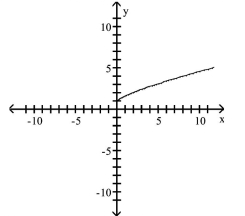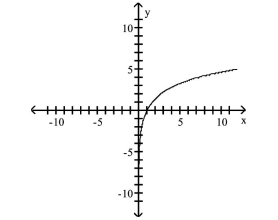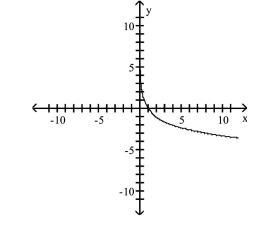Multiple Choice
Sketch the function represented by the given parametric equations. Then use the graph to determine each of the
following:
a. intervals, if any, on which the function is increasing and intervals, if any, on which the function is decreasing.
b. the number, if any, at which the function has a maximum and this maximum value, or the number, if any, at
which the function has a minimum and this minimum value.
- 
A) Increasing on: 
B) Increasing on: ; Minimum: 
C) Increasing on: 
D) Decreasing on: 
Correct Answer:

Verified
Correct Answer:
Verified
Q157: Graph the Polar Equations of Conics<br>-
Q158: Write Equations of Rotated Conics in
Q159: Find the solution set for the
Q160: Graph the parabola with the given
Q161: Solve Applied Problems Involving Parabolas<br>-A reflecting
Q163: Additional Concepts<br>- <span class="ql-formula" data-value="x =
Q164: Conic Sections in Polar Coordinates<br>1 Define
Q165: Use the center, vertices, and asymptotes
Q166: Graph the parabola.<br>- <span class="ql-formula" data-value="y
Q167: Graph Ellipses Not Centered at the